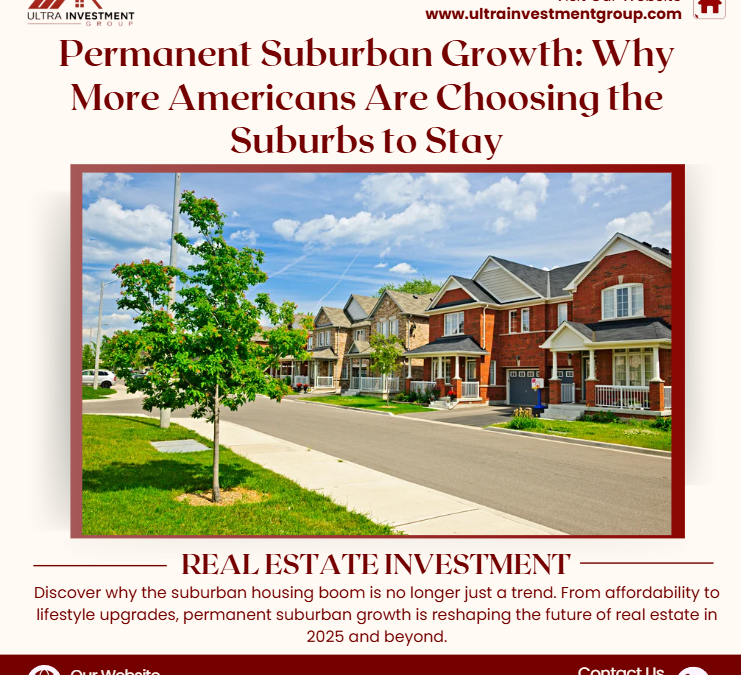The real estate investment landscape in 2024 has been heavily shaped by a key factor: rising interest rates. After years of low borrowing costs fueling rapid growth, high interest rates are now altering the dynamics of property investment. As rates continue to climb, they are influencing both short-term decision-making and long-term investment strategies for real estate investors.
1. Increased Borrowing Costs
Higher interest rates directly affect borrowing costs for investors, making it more expensive to finance real estate purchases. This often results in fewer transactions, as many investors either postpone acquisitions or scale back their ambitions. For leveraged investors—those relying heavily on debt—the margins become tighter, and properties that once seemed like good deals may no longer make financial sense
With borrowing costs up, investors are now more focused on properties that provide sustainable cash flow. Instead of speculative buying, there’s an increased emphasis on stability and long-term value
2. Shifts in Investor Strategies
In response to rising rates, many real estate investors are pivoting their strategies. For some, this means exploring cash-only deals or focusing on markets with higher yields to offset the cost of debt. Others are turning to secondary and tertiary markets, where property prices are lower, offering better potential returns despite the higher cost of borrowing
Additionally, investors are showing more interest in alternative financing options like seller financing, joint ventures, or even raising capital through crowdfunding platforms.
3. Cooling Housing Markets
In residential real estate, the effects of high interest rates are causing a noticeable cooling in hot housing markets. The cost of mortgages has risen dramatically, which impacts both buyers and sellers. First-time buyers, in particular, are feeling the pressure, as higher rates increase monthly payments and reduce their buying power
This cooling market could create new opportunities for real estate investors. As demand for homes decreases and more properties remain on the market, it may become a buyer’s market, allowing investors to negotiate better deals
4. Impact on Commercial Real Estate
High interest rates have hit the commercial real estate sector hard, especially the office space market, which was already struggling with high vacancy rates due to remote work trends. As borrowing costs rise, investors are being more cautious about investing in office properties, leading to a decline in transactions in this sector
However, there is increasing interest in multi-family and retail properties, which are proving more resilient. Retail properties, in particular, have benefited from a resurgence in demand, as consumers return to physical stores. Investors are also gravitating toward properties with long-term leases, which can provide more predictable cash flows
5. The Importance of Cash Flow
In this high-rate environment, cash flow has become king. Investors are focusing on properties that generate positive cash flow from day one, rather than betting on future appreciation. Properties with strong rental income are particularly attractive, as they offer a hedge against rising rates and can provide a steady income stream despite higher financing costs.
Final Thoughts
The high interest rate environment of 2024 has undoubtedly created challenges for real estate investors, but it has also opened up new avenues for those who can adapt. By focusing on cash flow, exploring alternative financing methods, and being selective about market opportunities, investors can continue to find success even in these changing times
High interest rates may increase the cost of doing business, but with careful planning and strategic thinking, they also offer the chance to capitalize on a less competitive market.















